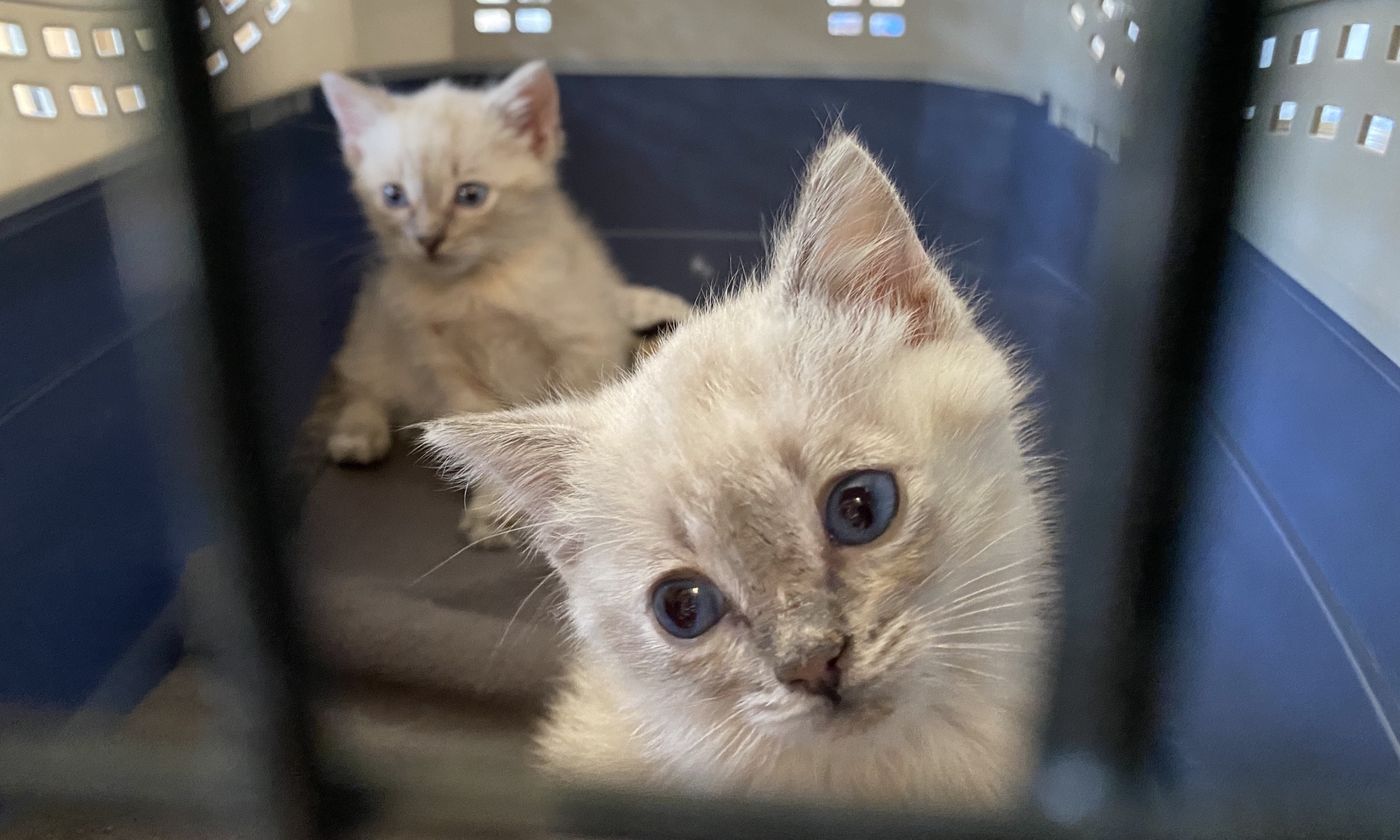An Apple A Day Gallery – 2007.11.05
Mac OS X Leopard: Boot Camp
![]()
Boot Camp enables installation of Windows Operating System on any Intel-based Mac computer, using a Microsoft Windows install disc. Windows is installed on its own partition. After installation, the Mac can run either Windows or Mac OS X.
The Boot Camp Assistant application helps create the Windows partition and restart the Mac using Windows installation disc. Follow the instructions to install Windows and install software drivers that enable Windows to work with the Mac hardware.
Apple provides driver supports the followings:
- Windows XP Home Edition or Professional
- Windows Vista Home Basic, Home Premium, Business, or Ultimate
Windows drivers for Intel-based Mac computer are included in Mac OS X Leopard Install disc.
To install any other Operating Systems such as Linux, create the “Windows Partition” then boot the Mac using the Linux install disc.
Additional informations on Boot Camp (http://37prime.com/bootcamp.html)
Boot Camp is not the only way to run other Operating Systems on a Mac. Parallels and VMware Fusion provide the ways to install different Operating Systems within Mac OS X. It is recommended to have a minimum of 2GB of RAM on a Mac to run the virtual machine.
Get Parallels @ Amazon.com
Get VMware Fusion @ Amazon.com








